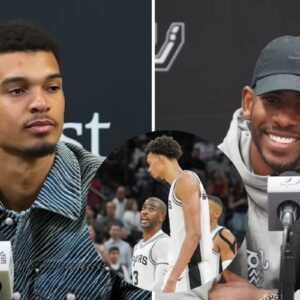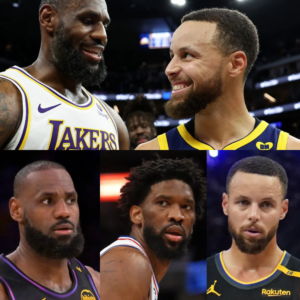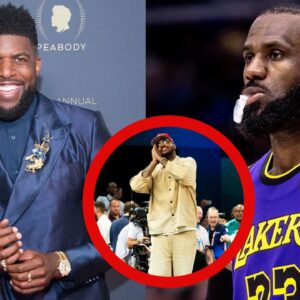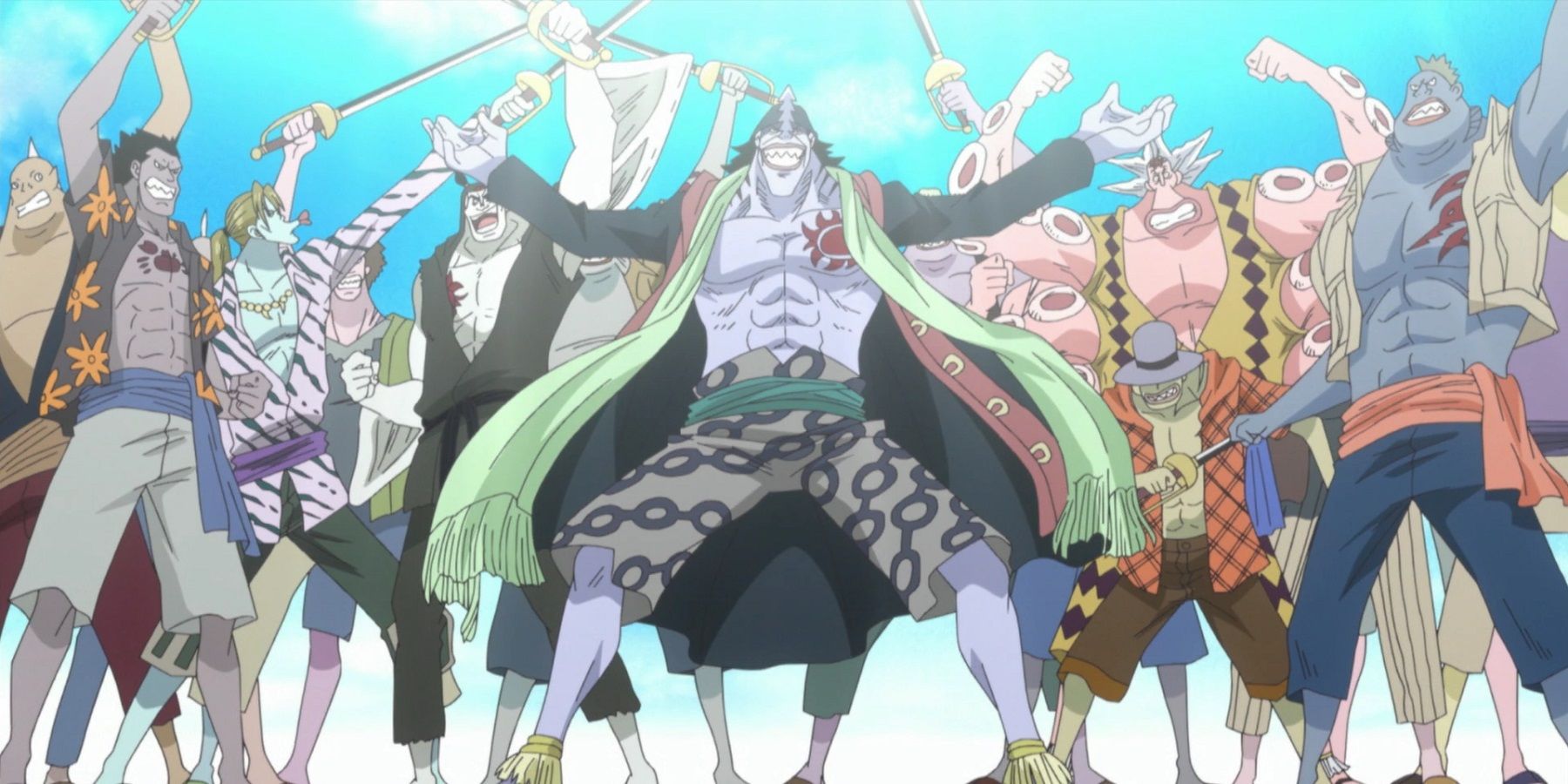
HIGHLIGHTS
The history of conflict between humans and Fish-men in One Piece explores themes of discrimination and racism deeply entrenched in both races.
Monkey D. Luffy and his diverse crew embody acceptance and friendship across racial lines, showing the possibility of treating everyone equally in One Piece.
The One Piece series tackles many themes by using certain characters, races, or sects to explore them. Amongst them is the history of conflict between the Fish-men and humans, which the creator, Eiichiro Oda, used to explore the theme of discrimination and racism in the series.
In One Piece, both races see each other as enemies and superior to the other, and this instilled resentment within both races. This tide of animosity separates humans and Fish-men, threatening to drown out the possibility of peace. With this turbulent history, is there a glimmer of hope between the two races in One Piece?
The History Of Conflict
The Prejudice And Racism
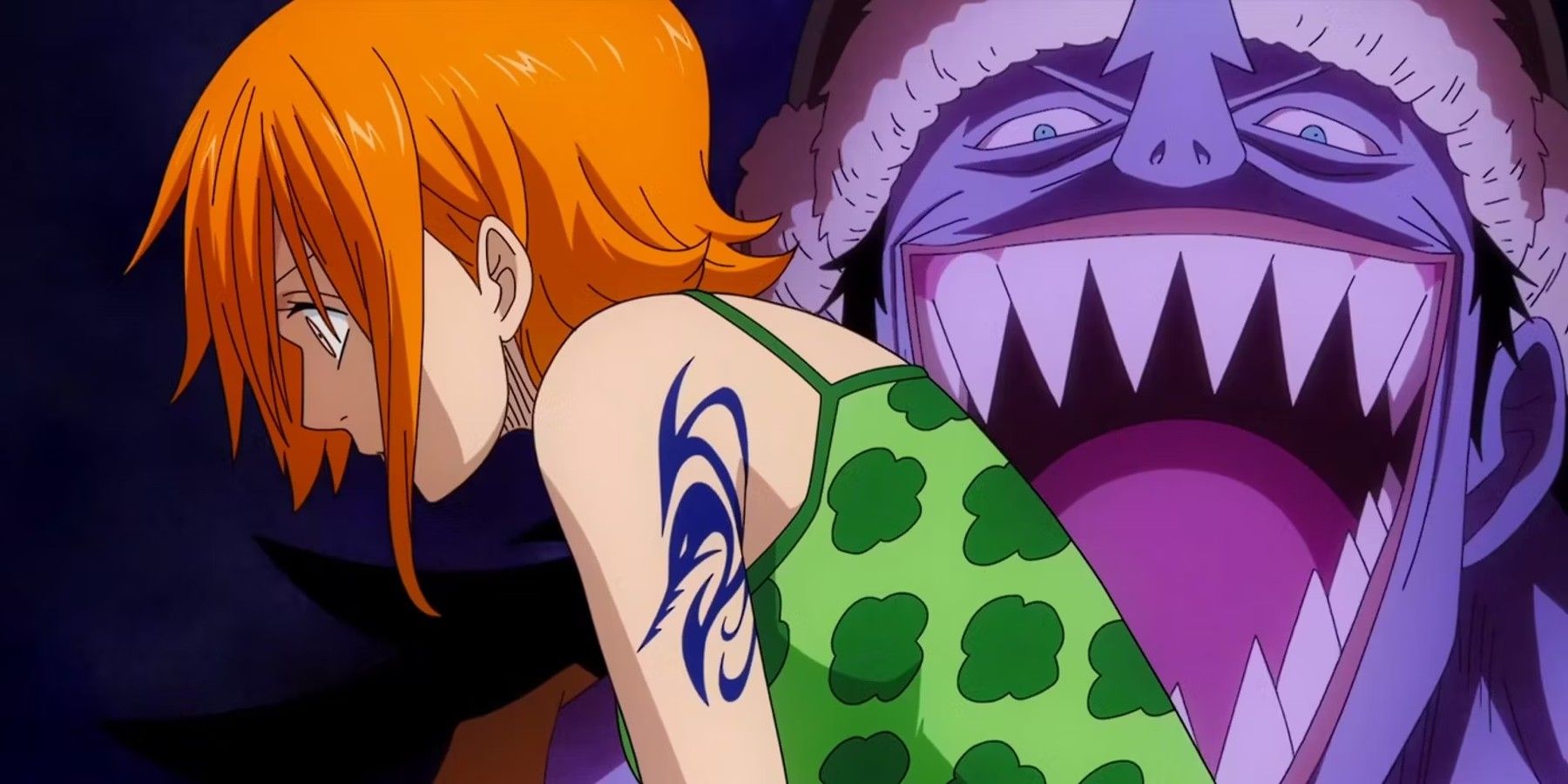
The conflict between Fish-men and humans runs deep in the series, as humans often view Fish-men with disgust or fear. This ingrained prejudice created a barrier to understanding and accepting their nature. The Fish-men were first introduced in Arlong Park and portrayed as vicious and evil, depicting the notion that all Fish-men have the same nature. This event at Arlong Park with Fishman pirates’ attacks on human settlements further fueled prejudice and hatred towards them. For the people of Cocoyasi Village, there is a higher chance they would never welcome Fish-men due to the torture and suffering they went through at the hands of Arlong. However, the Sabaody arc introduced different views about Fish-men, and fans see the long history of conflict and deep-rooted hatred against Fish-men. The fact that humans primarily live on land, while Fish-men can breathe both underwater and on land, fosters fear and isolation.
Founded by Fisher Tiger to fight for freedom, the Sun Pirates have a complicated history which highlights the discord between humans and Fish-Men.
Sabaody Archipelago was a turning point in the series when the rate of animosity between Fish-men and humans is portrayed. Contrary to Arlong Park, Fish-menhave often faced discrimination and oppression at the hands of humans due to their physical differences and the perception of superiority held by some humans. This hatred presents a significant barrier to peaceful coexistence. While the Celestial Dragons see everyone as pawns and figures beneath them, the Fish-men have more prospects of being slaves, especially Mermaids.
Fish-men−especially Mermaids− fetch a higher price than humans. This difference alone symbolizes the disenfranchisement and resentment towards Fish-men. Fish-man Island is located underwater, and this separate abode is the only paradise the Fish-men feel free in contrast to on land, where they can be kidnapped and sold into slavery. Camie, a friend of the Straw Hat pirates, was almost sold into slavery, but Luffy, who punched a Celestial Dragon, stopped the sale. In response to this, the Island was turned upside down by the World Government. Also, the World Government’s human-centric policies often disenfranchise Fish-men, which only fuels the resentment and racism that already existed. This power imbalance that humans are far superior to Fish-men fuels further conflict, thus affecting the two races to live together peacefully.
The Path to Coexistence
The Beacons Of Hope
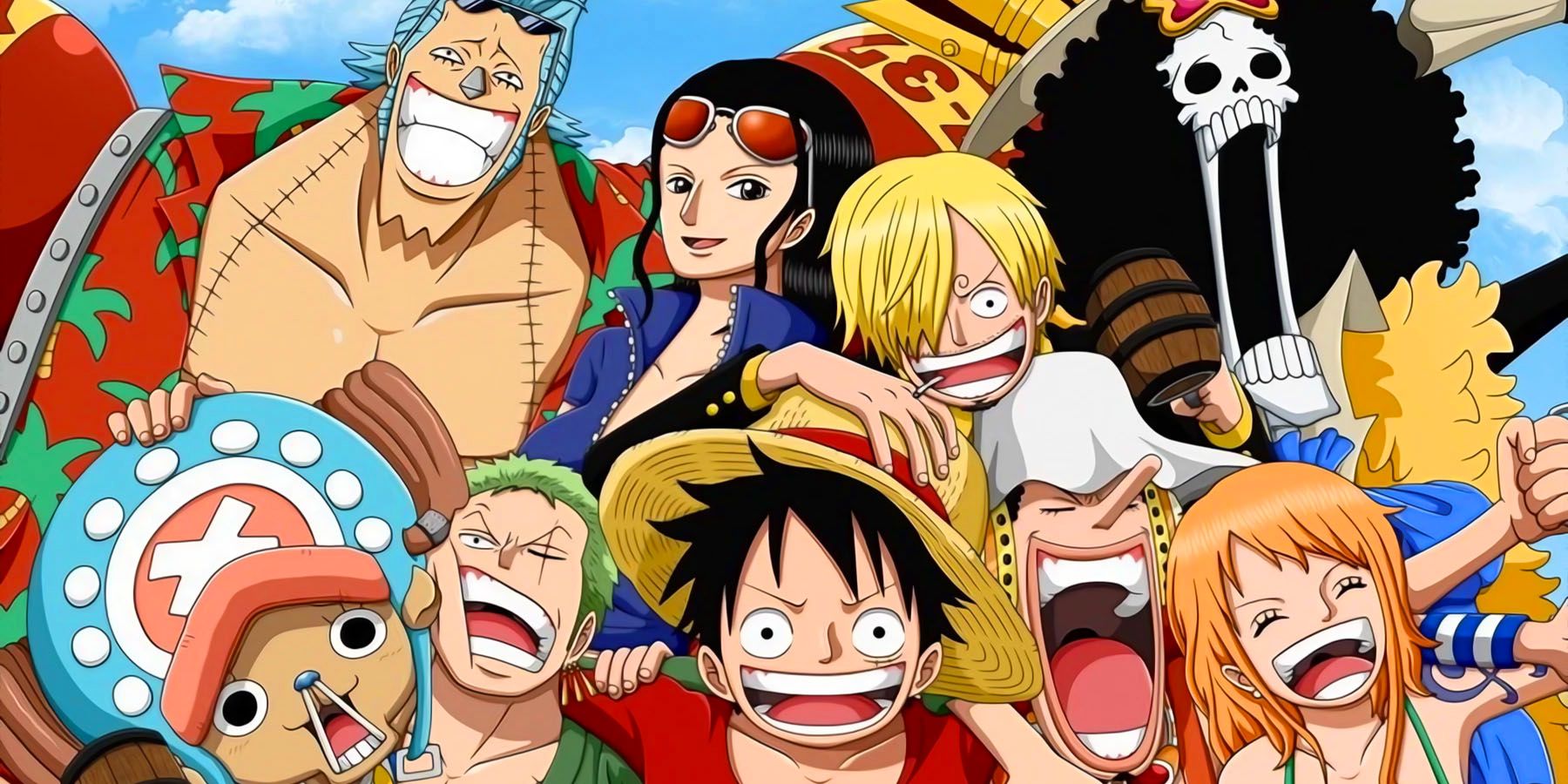
The years of mistrust and conflict have poisoned the relationship between humans and Fish-men. However, there have been people who fought for interracial cooperation with humans. Characters like Fisher Tiger, the captain of the Sun Pirate, have actively sought peace and understanding with humans. While he believed humans and Fish-men should remain separate, he never hated nor discriminated against them. During his time as a slave of the World Nobles, he saw the ‘evil’ of humans, even against their fellow humans, and resorted to piracy to liberate slaves. The Sun Pirates fight back against humans, but Fisher Tiger instructs his crew never to murder them. In the end, humans were the bane of his existence as he died due to the injuries from the Marine after the humans he helped betrayed him. Fisher Tiger refused a human blood transfusion because he believed till his death that their blood was tainted and evil.
Also, the late Queen Otohime’s dream of a future where humans and Fish-men coexist peacefully. Otohime advocated for understanding between the two races and saw beyond the long history of conflict and racism between them. Otohime saved Mjosgard, a Celestial Dragon, and this debt was repaid when the Celestial Dragon prevented her daughter, Princess Shiraoshi, from becoming a slave during the Reverie. This act of kindness offered to Mjosgard defied the prejudice against humans by offering him another chance at life. By showing compassion to Mjosgard, Queen Otohime sowed the seeds of hope for a future free from discrimination, which helped her daughter later in the series. Unlike the discrimination Fish-men often face, Shirahoshi encountered kindness and acceptance from human royalty like Rebecca and Vivi at the Reverie. This mirrored Queen Otohime’s vision and offered a glimpse of the future she wanted for both races.
The captain of the Straw Hat Pirates, Monkey D. Luffy, embodies the ideal of treating everyone equally. His diverse crew, which includes a Fish-men, cyborg, skeleton, and a talking reindeer with humans, is a testament to the power acceptance across racial lines. Despite their differences, the Straw Hats function as a cohesive unit. They fight together, celebrate together, and value each other. In Sabaody, Luffy fought against racism when he hit a Celestial Dragon to protect Camie, the mermaid. Also, in Fishman Island, Luffy, a human, defends Fish-men from injustice and the claws of Hordy Jones, demonstrating the possibility of true friendship and respect.
The blood transfusion between Jinbei and Luffy at Fishman Island conveys acceptance and a realistic dream of a more unified world. The Straw Hat Pirates are not just a pirate crew but a symbol of hope for a brighter future. With Luffy being tagged as the warrior of liberation, the time for peaceful coexistence is nigh. Luffy and his crew reflect Queen Otohime’s dream, a future where coexistence is possible. However, it is not enough for Luffy and his crew to shoulder the responsibility of fostering coexistence because humans and Fish-men need to challenge their ingrained biases and view each other as equals.
News
Lucci Disobeyed Orders and Attacked Luffy on Sight
One Piece’s Egghead Arc has pushed Monkey D. Luffy and his Straw Hat Pirate allies to their limits as the story kicks off the franchise’s final saga….
Nami Live Action Version
The Thai beauty queen reminds me of a famous manga/anime character. In recent days, the manga/anime fan community around the world in particular and movie fans in…
Just One Small Action, Messi’s Wife Received a ‘Shower of Compliments’
Antonela Roccuzzo, wife of superstar Lionel Messi, has received countless compliments for her warm actions towards a fan. Superstar Lionel Messi is preparing with his Argentina teammates…
10 Funniest Luffy Moments in One Piece
Humor is a staple of the One Piece franchise, coloring countless entertaining interactions between its beloved ensemble of unforgettable characters. Comedy is infused into the narrative and championed by…
Every One Piece Character Who Carries The Will Of D., Explained
One Piece is full of mysteries, including the titular treasure that Monkey D. Luffy and the Straw Hat Pirates have worked towards since the series’ inception. However, there…
One Piece: Every Straw Hat Pirate’s Fighting Style.
Between the endless variety of Devil Fruits, the multiple forms of Haki, and other viable options for achieving strength that exist within the setting, One Piece has one of…
End of content
No more pages to load






